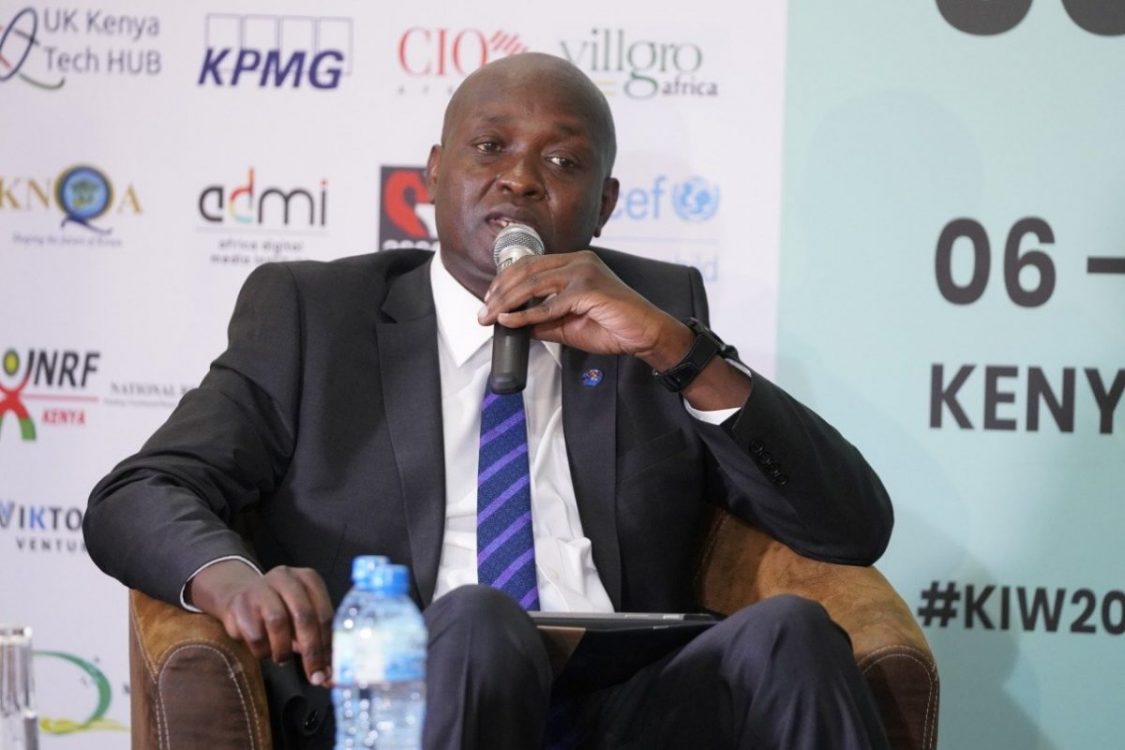Revealed: Sh62b varsities’ debt that grows every day

Universities Fund yesterday called for urgent implementation of measures to remedy financial crisis in institutions of higher learning, saying they are going deeper into debt every day.
The Fund’s chief executive officer (CEO), Geoffrey Monari, said the debt increases monthly and could currently be estimated at Sh62 billion.
“I cannot tell the exact amount right now because the figures keeps growing every month. The last audit we did was in June last year and it was at Sh56.1 billion. But from previous reviews, it was growing at about Sh1.2 billion every month … it could now be about Sh62 billion,” said Monari, who spoke at the Fund’s offices.
In the current financial year, Monari said the sector received Sh47 billion, out of which Sh44 billion went to public universities and Sh3 billion to private ones.
This allocation alone gives a funding deficit of Sh12 billion for private universities and Sh27 billion for public universities.
He said discussions to correct the situation have been ongoing but the challenge at hand has been implementing proposals made to remedy the situation.
“The auditor general has clearly stipulated that some universities are already insolvent. We must be able to relate these issues with quality,” he added.
Out of the Sh56.1 billion debt, about Sh18 billion is owed to Kenya Revenue Authority (KRA), with Monari saying that a consideration could be made to write it off. On other debts owed to saccos and other service providers, he said universities may need a bail-out. But before then, all debt loopholes must be sealed.
As the Government seek ways to address these challenges, Monari said one option would be to revise the funding model. He said students should be funded based on their level of need, since some went to high-cost schools and can therefore afford university fees comfortably.
“Students who can pay for their education should do so. Some of them come driving, and have laptops and ipads, yet others in the same class cannot afford even a laptop — a basic need. We should see how to support needy students,” he said.
Increase cut-off points
Other options that need to be explored include admitting students based on available funds. That would mean pushing the cut-off points higher. But Monari said this negatively affect needy students.
Another option would be to increase fees, cognizant of the challenges Kenyans are going through. But this may not be possible during this harsh economic period.
He said the proposed merger of the Universities Fund, Higher Education Loans Boad (HELB) and Technical and Vocational Education and Training (TVET) boards is welcome because it will bring all funding bodies together and help build synergies.
Currently, he said, some students are overfunded as they get grants from the Universities Fund, loans from Helb and bursaries from counties and Constituency Development Fund (CDF), yet others get nothing at all and drop out.
“We will be able to have an institution to look across and see where the money is needed most. Currently, we cannot access the loans HELB is giving. Once that is done, we can support more students,” he said.
Monari said the funding crisis started in 2016 when the number of students reduced from a high of 126,000 to about 66,000. During that period, he said, the Differentiated Unit Cost (DUC) was implmented, but has never been fully funded.
Under DUC, the Government is supposed to give 80 per cent of a programme to a student in university, who is then to secure the remaining 20 per cent from a Helb loan or from their families and friends.
Under DUC, it was found that the highest programme to implement is dentistry and the lowest is Bachelor of Arts. When implementation started, DUC was funded at 66 per cent and is now at 48 per cent.
“In the last financial year, we had about 145,000 students yet the amount has not increased at the same level,” he said.
Also, since the 1990s, public university fees have not been increased, and are still at Sh16,000, yet the cost of living and salaries have gone up, he said. Some 395,000 students get grants from the University Fund worth Sh47 billion annually.











